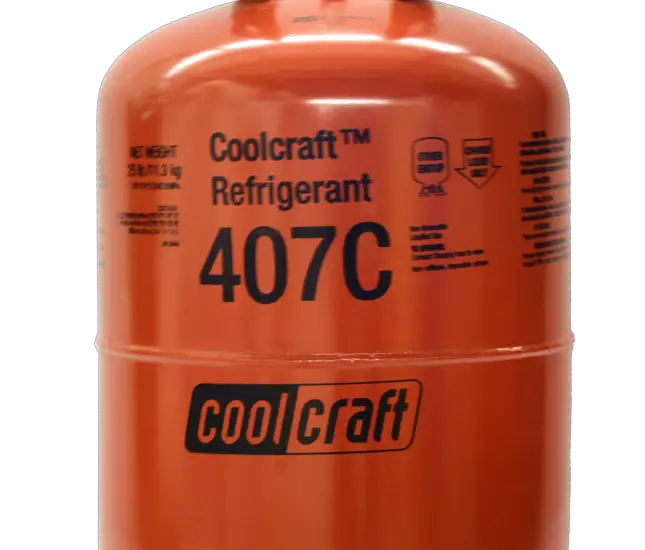R407C MSDS, or Material Safety Data Sheet, may seem like another tedious piece of paperwork to deal with. But, believe me, it’s more than just boring, technical mumbo-jumbo. It’s the real deal – your survival guide if you’re handling R407C, a refrigerant popular in HVAC systems. Not only for your safety but for the planet’s too! Ready to get your safety hat on?

Table of Contents
Overview of R407C MSDS
Picture this: you’re a HVAC technician or perhaps an engineer working with refrigerants. Your best friend? The R407C MSDS. It gives you the skinny on everything from R407C’s identification and composition, hazards, first aid measures, to even disposal considerations. It’s like a roadmap, guiding you through the maze of safety, handling, and environmental aspects of dealing with R407C.
Identification of R407C
Product and Company Identification
So, what exactly is R407C? It’s a blend of three different compounds: R-32, R-125, and R-134a. But wait, it gets better! It goes by different trade names and synonyms. As for who makes it? Well, it can be manufactured by different companies, and each of them can be contacted for further information, in case you need it.
Composition and Information on Ingredients
Here’s the science bit: R407C is a trifecta of R-32, R-125, and R-134a. Think of it as a cocktail blend that works in harmony. You got your R-32, the brawn of the operation, R-125, the environmentalist, and R-134a, the safety officer. Together, they form the power trio that is R407C!
Hazards Identification
Classification of the Substance
Like a movie with a twist, R407C has its own surprises. It’s classified as a simple asphyxiant. Breathing it in high concentrations? Well, that could displace oxygen and lead to asphyxiation. It’s kinda like being at a party where everyone’s talking, and you can’t get a word in edgewise. Only this party could potentially harm you. Pretty intense, right?
Label Elements
Imagine if R407C was a movie poster. Its label would be the dramatic headline. It’s got symbols (pictograms), a signal word, and hazard statements. It’s like the trailer, giving you a sneak peek into what you’re dealing with.
For more articles on refrigerants, click here: Articles on Refrigerants: The Ultimate Guide to Understanding Them
First Aid Measures
Description of Necessary First Aid Measures
If you accidentally inhale it, or it comes in contact with your skin or eyes, or heaven forbid, ingested it, R407C MSDS is there to tell you exactly what to do. It’s your superhero, swooping in to save the day, with step-by-step first aid measures. Now that’s what I call handy!
Most Important Symptoms and Effects
But wait, there’s more! R407C MSDS also clues you in on both acute (short-term) and delayed (long-term) symptoms and effects of exposure to R407C. So, it’s like your personal health advisor, giving you all the info you need on what to expect.
Firefighting Measures
Extinguishing Media
Here’s where things get hot. Literally. If R407C catches fire, the MSDS is there to tell you which extinguishing media to use. And more importantly, which ones not to. It’s like your firefighter friend telling you exactly what you need to do.
Special Hazards Arising From the Substance
But hold up! R407C has a fiery side too. When exposed to fire, it can produce hazardous decomposition products. So, the MSDS is also your fire safety manual, warning you about these potential dangers.